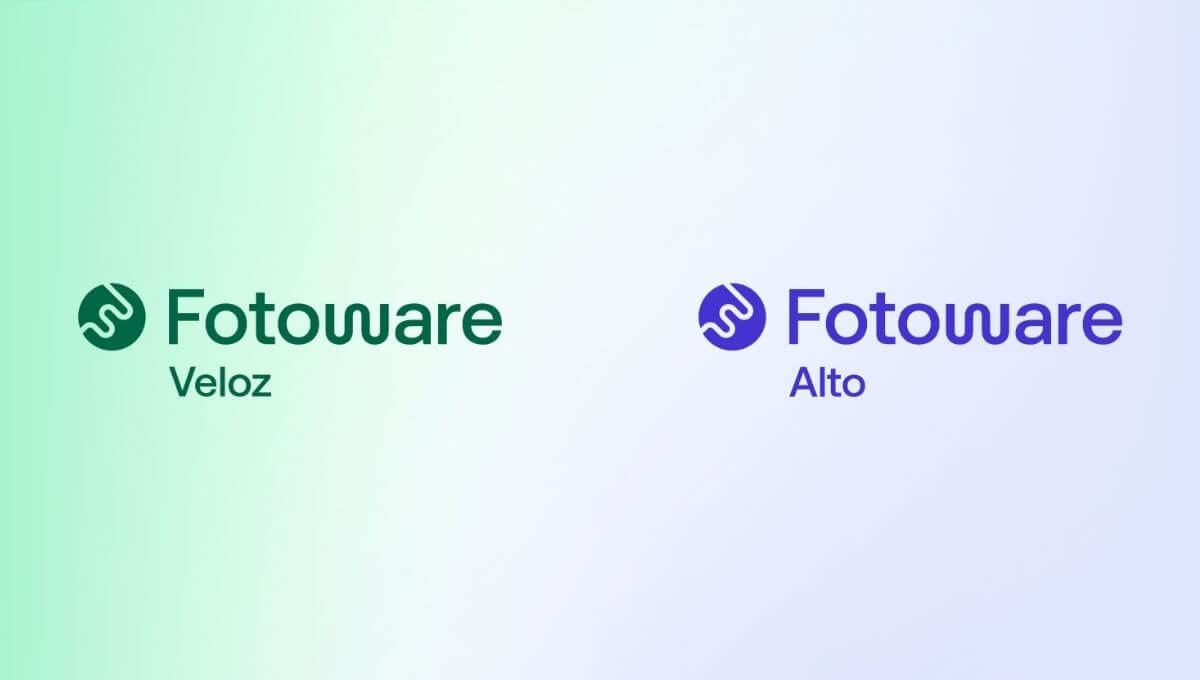
Feature Photo by Austin Distel on Unsplash
6 Problems of Working with Content in the Media & Entertainment Industry
If you work within the Media & Entertainment industry, you'll be all too aware of a very real and growing problem for companies in this space. There's been a content explosion that is becoming increasingly difficult to manage with each passing day/week/month/year...
The last decade has seen significant changes in consumer habits caused by rapid digital innovation, ever-evolving technology, and the rise of social media. With decreasing attention spans, the competition between Media & Entertainment companies is tougher than ever, and the increase in content creation has been phenomenal.
Media & Entertainment companies are now producing more content than they can efficiently handle, resulting in vast amounts of time, energy, and money being wasted. If this is starting to sound familiar, you'll probably recognize the following pain points that slow down productivity and hinder the creative process in Media & Entertainment companies.
1. So much content. So many formats...
With content for print, website, and social media, Media & Entertainment companies are dealing with images, videos, text documents, audio, project files, and complete layouts. And that's before we even start listing the formats and file types. From jpeg to mpeg and TIFF to GIF, or PPT, PNG, PSD, PDF ... Ok, you get the point, there's no need to go OTT. It's a lot of content in various formats! But where does it all live?
2. Storing your content in multiple locations
With so many file types, it's only natural that your content can end up being stored across multiple locations. Perhaps you've got hard-drives for *this*, cloud platforms like Dropbox, Google Drive or SharePoint for *that*, and your trusty old local storage for *those*.
It often happens due to having various stages of creation, with multiple contributors, and generally results in a complete scattering of content. But what's the problem with each contributor storing the content they're responsible for wherever they like? Well, have you ever been asked by a co-worker where to find the most up to date version of a file, or "those photos", "that PDF"? Annoying, isn't it. Especially when it disrupts your flow. It causes disruption, impedes collaboration, and stifles creativity.
LEARN MORE: Digital Asset Management vs. Cloud storage. What's the difference?
3. So many time-consuming manual tasks
Between the processes of receiving and publishing content, there's a lot of data that needs to be controlled effectively which is absolutely crucial to ensure you don't become flooded by media files. For many organizations, this will involve labor-intensive manual tasks like color reproduction and image enhancement to improve picture quality, file format and color space conversion, ICC profile tagging, image resizing, and output dpi setting to prepare pictures for print.
4. Not knowing if you have the rights to use content
Keeping track of licenses and whether you have the rights to use certain content is absolutely essential. But it's not always that easy. Getting this wrong, however, can leave your organization facing hefty fines for copyright infringement, so it's vitally important to be set up as best you can to avoid accidental misuse!
DID YOU KNOW:
Copyright laws in the USA enable license owners to seek damages up to $150,000 per infringement
5. You can't reliably (or quickly!) find what you need, when you need it
How often do you spend trawling through folders to find a specific file? You can't remember the file name *exactly*, or when it was created, updated, or uploaded. After searching in vain, you ask your colleague. They're not entirely sure either...
From your hard drives to the cloud-sync solutions, to your local system, folder structures are incredibly detrimental to efficiently managing your media files. If you're regularly creating and working with new content, then folders alone just won't cut it. Storing your content in this way requires precise knowledge of the folder structure and naming conventions, as well as the files themselves, making it difficult for others outside of small teams.
6. Using multiple platforms to share content
If you're working with various formats and file types and storing your content in various locations, you're also probably using multiple platforms to share it. Oftentimes it simply comes down to personal preference - in fact, there may be no consistency with which platforms you choose - sometimes it's email or slack, for larger files WeTransfer or Dropbox. Regardless of which platforms are chosen, it inevitably leads to further scattering of your files which are uploaded and downloaded across various devices, in even more locations! This makes it hard to keep track of the most recent versions and is certain to cause problems with brand consistency.
Do any of these pain points sound familiar to you? There's a solution!
Find out how 400+ Media & Entertainment companies use Digital Asset Management to solve these problems.
Want to learn more?
Talk to one of our experts to discover how we can streamline your organization's content workflows.


